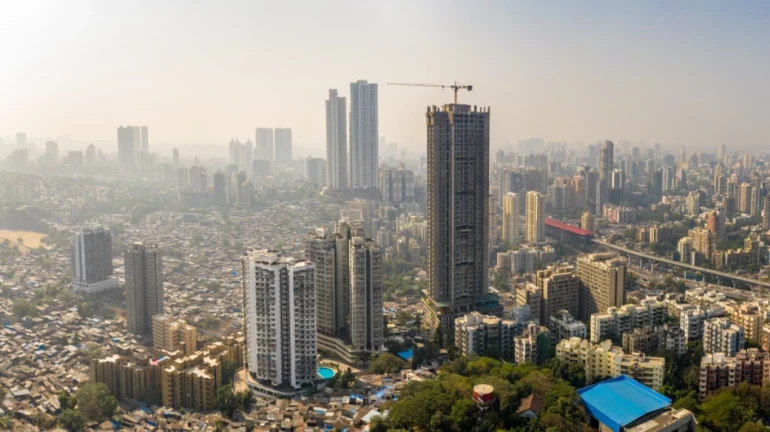
Mumbai's real estate sector is set for a significant transformation with the launch of the first phase of the Mumbai Metro Line-3. During a recent visit to the city, Prime Minister Shri Narendra Modi inaugurated this crucial infrastructure project, marking a new era of connectivity for India's financial capital. The first phase of the ₹14,120 crore Metro Line-3 connects Bandra Kurla Complex (BKC) to Aarey, spanning the JVLR section. As Mumbai's first underground metro, the Aqua Line will revolutionize travel in the city, featuring 10 new stations, including key transit hubs such as T2 and Santacruz, thereby easing congestion and reducing travel times.
Elaborating on benefits to SoBo residents, Vedanshu Kedia, Director of Prescon Group stated, “South Mumbai is back on the real estate map with high-impact infrastructure projects that are announced and ongoing such as the Coastal Road, Bandra-Worli Sea Link Extension, Sewri-Worli Elevated Corridor, as well as Metro Line 3. There will be significant advantages for residents of Mahim, Dadar, Matunga, Worli, who will benefit from enhanced connectivity to the rest of Mumbai and Navi Mumbai. These micro markets have significant scope of redevelopment potential due to their large stock of ageing real estate. Once these initiatives are operational, property values and volumes are anticipated to increase significantly. We feel that the market share for these micro-markets will significantly improve in the residential and commercial property transaction pie of MMR Region.”
Looking ahead, additional infrastructure projects like the extension of the Santacruz-Chembur Link Road (SCLR) and the forthcoming Phase II of Metro Line-3 are set to further enhance Mumbai's transport network. These initiatives are critical for alleviating congestion and meeting the needs of the city’s growing population and economic aspirations.
Himanshu Jain, VP Sales, Marketing & CRM, Satellite Developers Pvt. Ltd. highlighted the Malad-Goregaon region's growth potential noting, “The combined impact of Metro 3 and Metro 7 will drive residential and commercial development in the Malad-Goregaon region. For millennial homebuyers, the proximity of their homes to workplaces is a crucial factor. Compact homes and studio apartments near their workspace allow them to maintain a balanced lifestyle, offering more quality time with their families.”
The full 33.5 km route of the Aqua Line connects Aarey to Cuffe Parade, incorporating 27 stations along its path. The recently launched first phase spans 12.5 km between Aarey and BKC, offering an important boost to the city's transport network. Moreover, this metro line will integrate with Mumbai Metro Line 1 at Marol Naka, offering improved connectivity across Mumbai’s key regions.
Reflecting on the benefits for homebuyers, Umesh Jandial, Chief Business Officer, Omkar Realtors & Developers shared, “There is already significant demand for housing in the western suburbs, especially in the Malad-Goregaon belt. The convergence of Metro Line 3 with existing Metro lines 1 & 7 will further fuel housing demand in this region. Improved connectivity, lifestyle amenities, and the convenience offered by projects in the western suburbs will greatly enhance the lifestyle for homebuyers along this metro corridor.”
Shraddha Kedia-Agarwal, Director, Transcon Developers emphasized the strategic importance of these developments, stating, "These infrastructure initiatives are pivotal for Mumbai’s future. The focus on underground metro systems and freeway extensions represents a forward-thinking approach to urban planning. Areas like Santacruz, Andheri, and Malad along the western line will see heightened demand, with the improved mobility expected to stimulate both residential and commercial growth, making Mumbai a more competitive global city."
As Mumbai embraces these transformative changes, the impact on daily commuting and the city’s global standing will be profound. By 2025, the seamless integration of air, road, and metro networks is expected to position Mumbai as a world-class urban center, prepared to tackle the challenges of its expanding population and dynamic economy.





